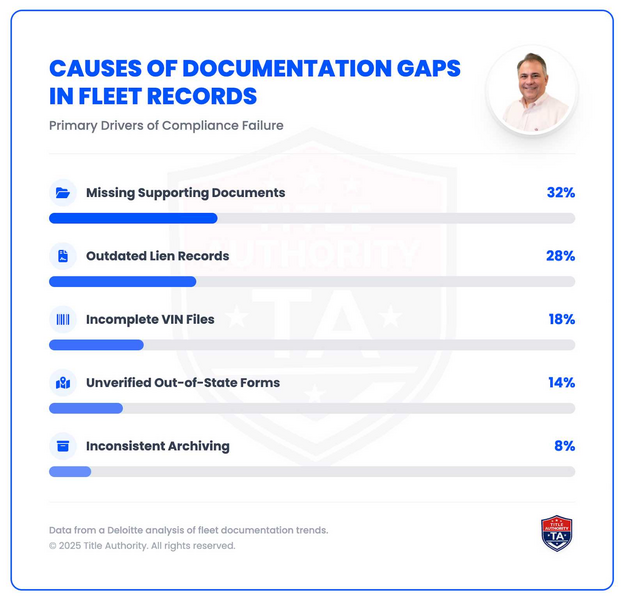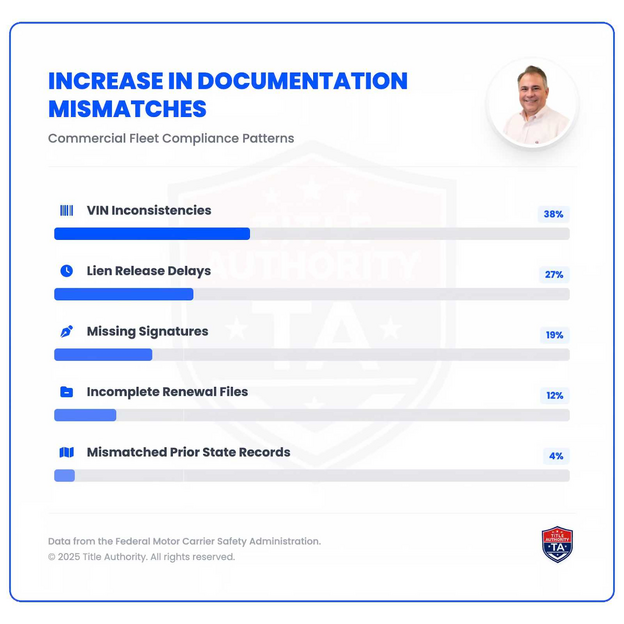
Experiencing discrimination in the workplace can be deeply unsettling, affecting your confidence, productivity, and sense of safety. Whether it’s based on race, gender, age, disability, religion, or another protected characteristic, job-related discrimination violates your rights under federal and state law. Understanding how to respond effectively is crucial—not only for your personal well-being but also to ensure justice and accountability.
This article outlines essential steps to take when you believe you’ve been discriminated against at work. It covers documentation, internal reporting, legal protections, and how to seek external help from professionals and government agencies.
Understanding Job-Related Discrimination
Workplace discrimination occurs when an employer treats an employee or job applicant unfairly due to characteristics protected under the law. These include, but are not limited to:
Race, color, or national origin
Gender or sexual orientation
Religion or creed
Age (typically over 40)
Disability or genetic information
Pregnancy or parental status
Unlawful discrimination can occur during hiring, promotions, pay decisions, work assignments, or termination. Recognizing these patterns is the first step in addressing the problem.
Step 1: Identify and Document the Discrimination
When you suspect discrimination, documentation is your strongest defense. Keep detailed records of each incident, including:
Dates and times: Record when each incident occurred.
Individuals involved: Note who made the discriminatory remarks or decisions.
Details of the event: Describe what was said or done and how it impacted you.
Witnesses: Include the names of anyone who observed the behavior.
Having written evidence—emails, text messages, performance reviews, or meeting notes—strengthens your case if you decide to report the issue formally or take legal action.
Step 2: Review Company Policies and Reporting Procedures
Most employers have anti-discrimination policies in their employee handbooks or HR guidelines. Review these carefully to understand:
Your rights under company policy
How to report incidents (to HR, a supervisor, or a hotline)
Time limits for internal complaints
Follow the official reporting process unless you fear retaliation. Reporting through internal channels first demonstrates that you tried to resolve the issue before escalating it to an external agency or attorney.
Step 3: Communicate Professionally and Seek Support
Addressing discrimination can be emotionally draining. It’s important to communicate clearly, stay composed, and seek support:
Communicate in writing when possible, especially with HR or supervisors.
Avoid retaliation, such as lashing out at the offender or quitting impulsively.
Reach out for emotional support through counseling, employee assistance programs, or trusted peers.
If you’re unsure about what to say or how to document your concerns effectively, consulting with experienced Los Angeles employment attorneys can help you understand your rights and options before taking further action.
Step 4: File an Internal Complaint
Once you’ve reviewed your employer’s procedures and gathered evidence, file an official complaint. Include:
A clear description of the discriminatory actions
Dates, times, and individuals involved
The impact on your work and emotional well-being
Any steps you’ve already taken to resolve the matter
Keep copies of all submitted documents and correspondence related to your complaint. Internal complaints often trigger an investigation, which may lead to corrective measures or mediation. However, if the company fails to take your concerns seriously, you have the right to escalate externally.
Step 5: Know Your Legal Rights Under Federal and State Laws
Federal law prohibits job-related discrimination through several key statutes, including:
Title VII of the Civil Rights Act of 1964 (prohibits discrimination based on race, color, religion, sex, or national origin)
The Age Discrimination in Employment Act (ADEA) (protects workers aged 40 and older)
The Americans with Disabilities Act (ADA) (prohibits discrimination against individuals with disabilities)
The Equal Pay Act (EPA) (requires equal pay for equal work regardless of gender)
In addition to federal laws, many states—like California—offer broader protections under their own labor codes. For example, the California Fair Employment and Housing Act (FEHA) protects against discrimination based on sexual orientation, gender identity, and other characteristics not explicitly covered under federal law.
To learn more about filing complaints under federal law, visit the official website of the U.S. Equal Employment Opportunity Commission (EEOC). This agency investigates discrimination claims and can issue a “Right to Sue” letter if you decide to pursue your case in court.
Step 6: File a Charge with the EEOC or State Agency
If internal processes fail to resolve your concerns, you can file a formal charge with the EEOC or your state’s fair employment agency. Here’s what to expect:
Filing deadlines: Typically within 180 days (or 300 days in states with local agencies).
Investigation: The agency will investigate by contacting your employer and reviewing evidence.
Mediation: In some cases, both parties may be invited to mediation before proceeding further.
Right to Sue: If the EEOC doesn’t find sufficient evidence, it will issue a notice that allows you to file a lawsuit in court.
This process ensures that your employer’s conduct is reviewed by a neutral federal or state entity.
Step 7: Consult an Employment Attorney
Even with EEOC involvement, having a skilled employment attorney can significantly improve your chances of achieving a fair outcome. An attorney can help you:
Evaluate whether discrimination laws apply to your situation
File a formal complaint or lawsuit on your behalf
Negotiate settlements or compensation for lost wages and emotional distress
Protect you from retaliation for speaking out
Reputable law firms with expertise in employment discrimination cases can guide you through the complexities of both federal and state systems. You can find more details about one such trusted law firm on their official legal directory page.
Step 8: Protect Yourself from Retaliation
Retaliation occurs when an employer punishes an employee for reporting discrimination. Examples include demotion, reassignment, pay cuts, or termination. Under both federal and state laws, retaliation is illegal.
If you experience retaliation after filing a complaint:
Document all retaliatory actions.
Notify HR or your supervisor immediately.
Contact your attorney or the EEOC to file a retaliation claim.
Maintaining professional performance and continued documentation will strengthen your position if the situation escalates.
Step 9: Focus on Recovery and Moving Forward
Facing job-related discrimination can be traumatic, but taking proactive steps can help you heal and rebuild your professional confidence.
Consider the following approaches:
Seek counseling or therapy to manage emotional stress.
Rebuild your professional network through industry events or mentorship programs.
Explore new opportunities in environments that value diversity and inclusion.
Remember, standing up for your rights not only benefits you—it also helps create safer, fairer workplaces for everyone.
Conclusion
Workplace discrimination is a serious violation of your civil rights, but you’re not powerless against it. By documenting incidents, understanding your legal protections, filing the proper complaints, and seeking expert legal guidance, you can take meaningful action to protect your career and personal dignity.
If you suspect that you’ve experienced discrimination at work, don’t wait. Learn about your options, reach out to professionals, and take the first step toward justice and workplace equality.




















